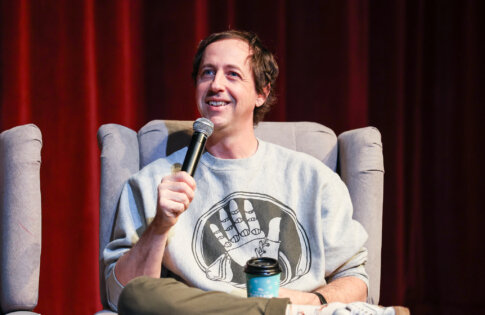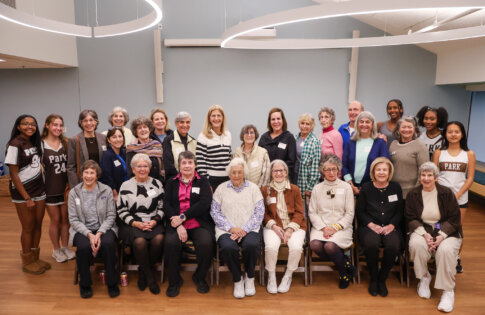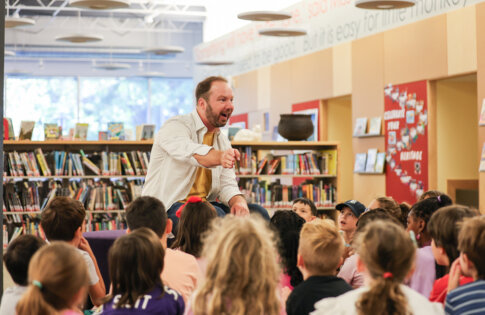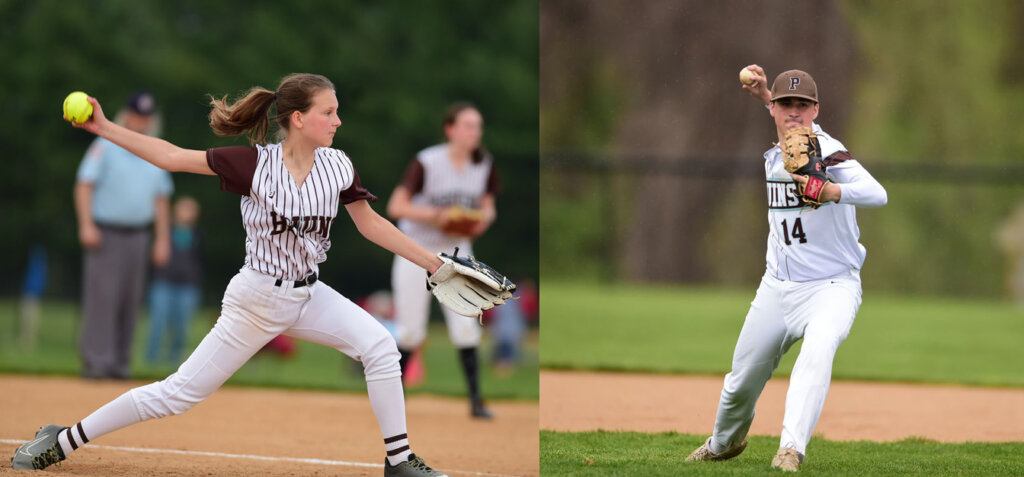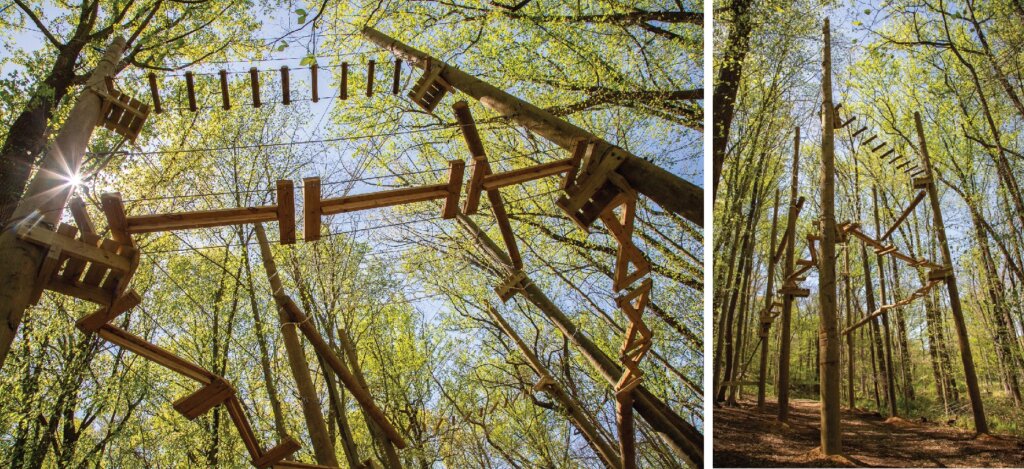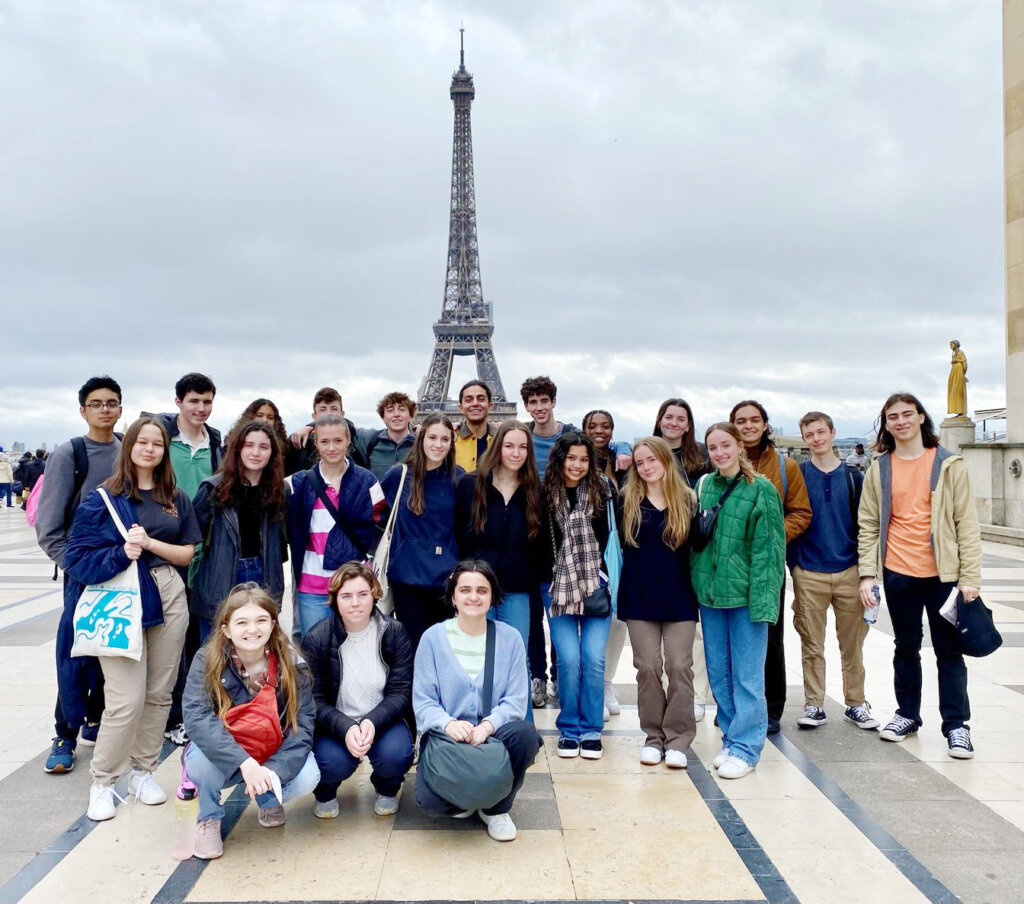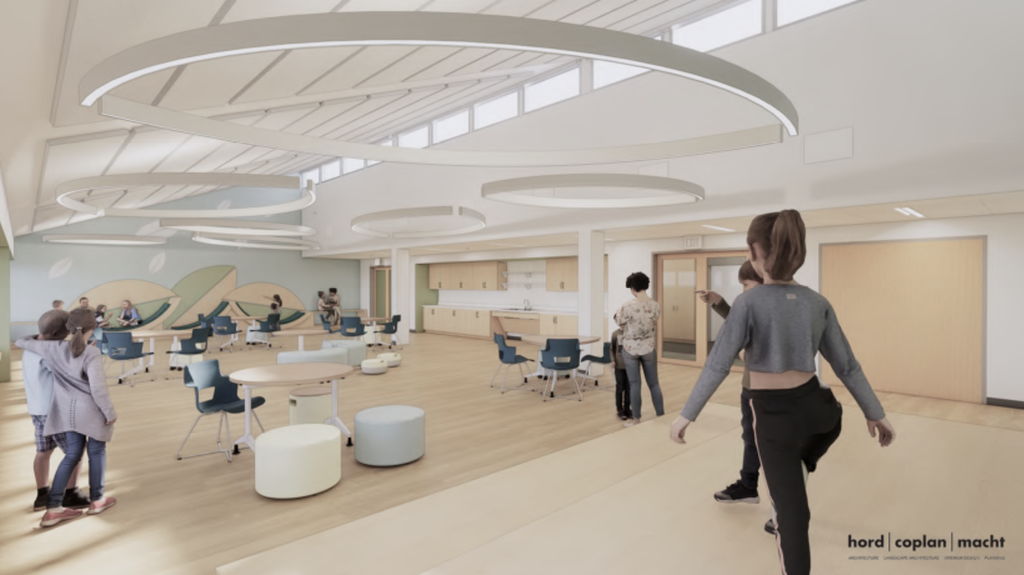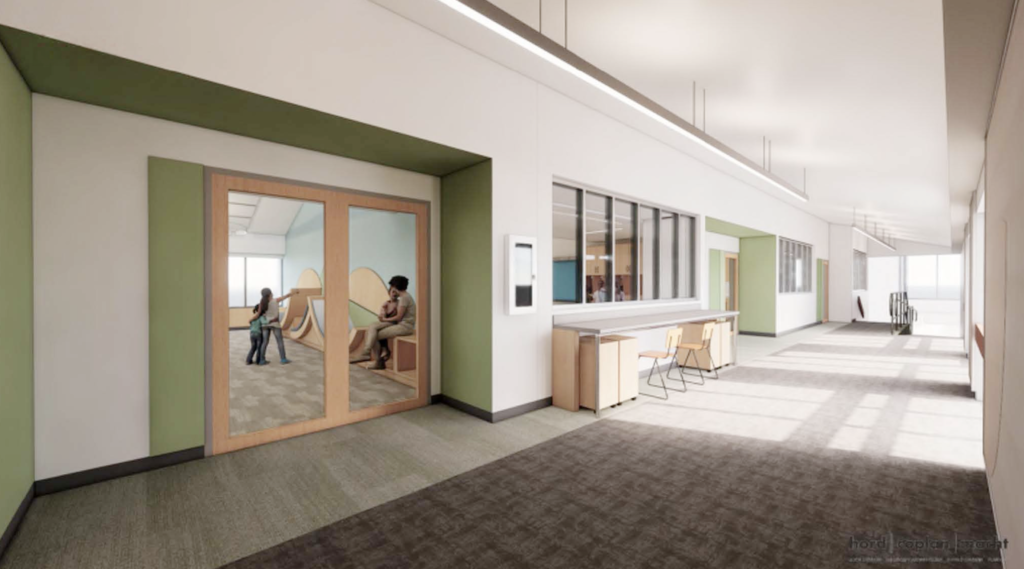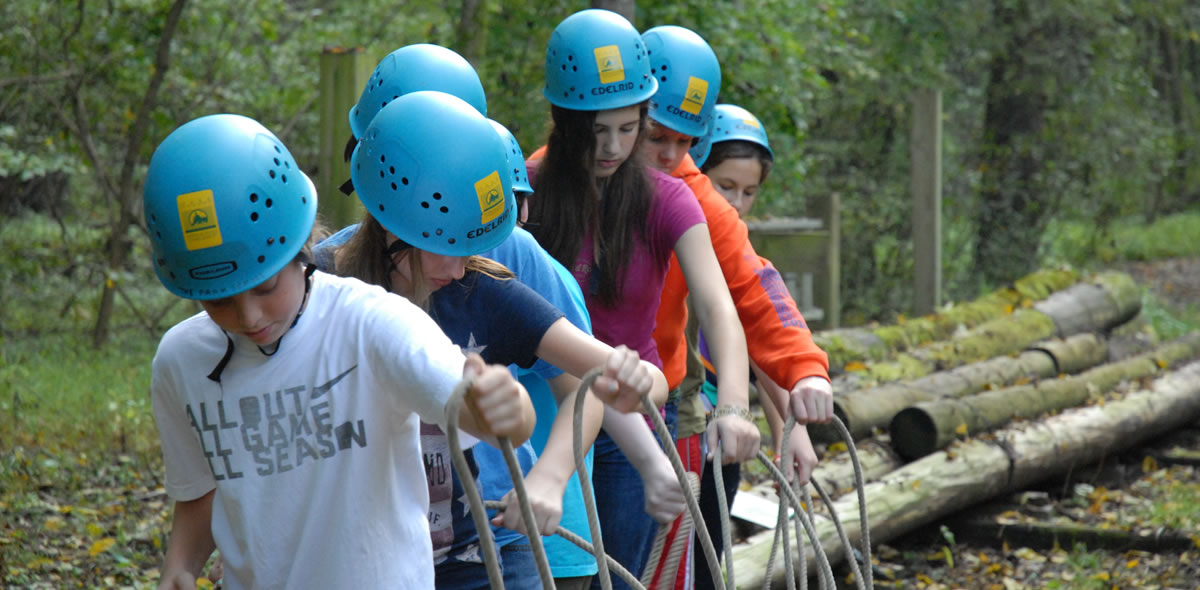Cross Currents Fall 2023 Alumni Feature Story: Sarah Dewey ’05
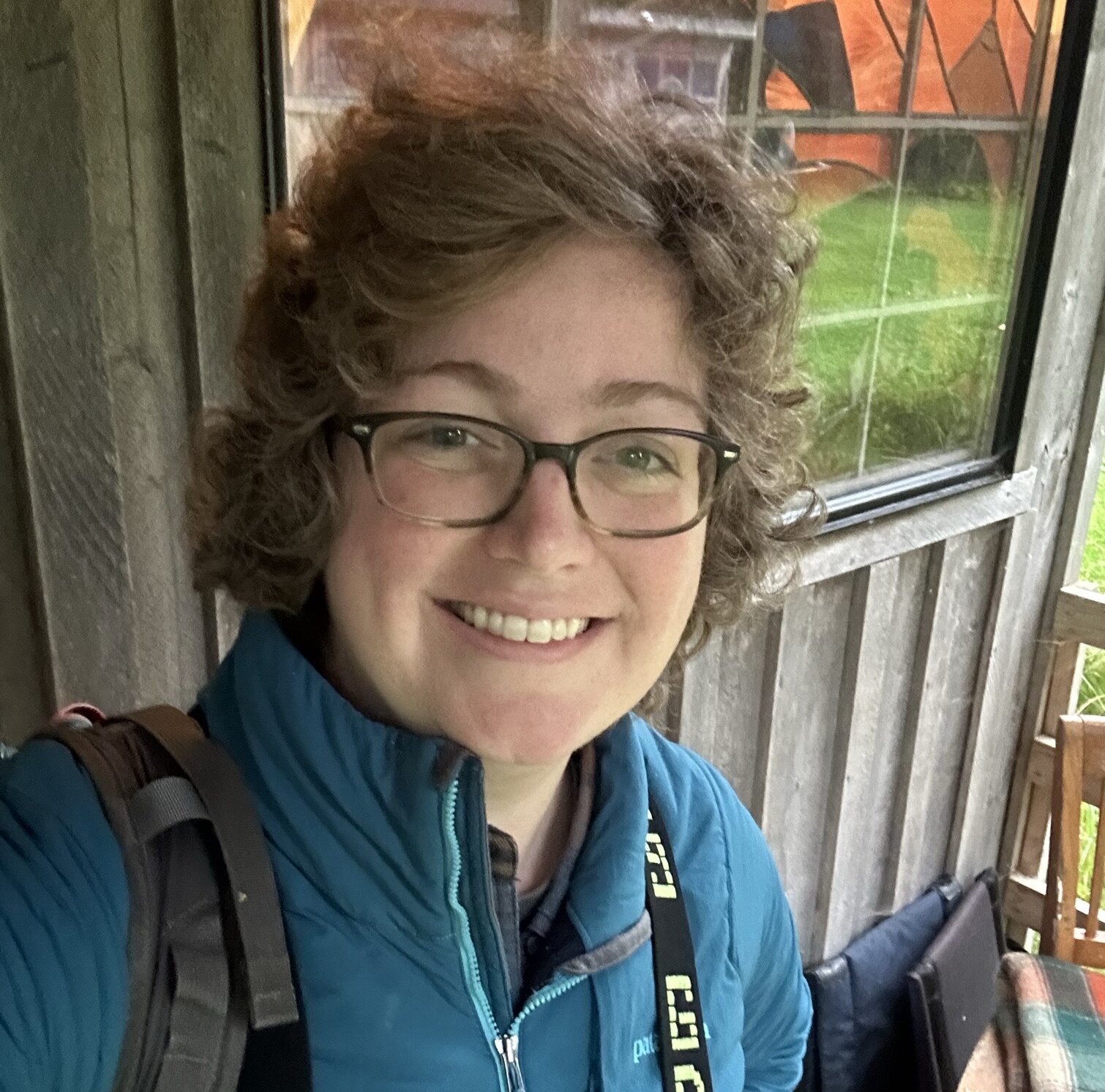
After visiting Park as a Millhauser Fellow nearly a decade ago, I went on to complete both my M.S. and Ph.D. in Oceanography at the University of Washington. (I had completed my undergraduate studies at Yale with a B.S. in Geology and Geophysics.) During that time, I had the privilege of visiting the Arctic Ocean about five times a year to drop scientific instruments into the frigid water through holes in the ice, and to collect the data they transmitted via the antennae of the U.S. Coast Guard aircraft on which I was flying.
I found no greater thrill than feeling Arctic air whipping into the back of the plane over the lowered rear ramp at 200 feet, and watching data scroll onto my laptop in real time as the ocean underneath us spewed its story back via values of temperature and conductivity. While the Arctic is a rapidly changing region, these measurements nevertheless remain crucial to tracking shifting baselines. I thought often of studying forest succession by mapping the trees behind Park School in Ellen Reynolds’ 10th Grade Biology class: We knew the forest was evolving, but our data told an important story nonetheless. Likewise, my Upper School sports injuries conveniently paralleled our curriculum in Julie Rogers’ and Dan Lopez’ Anatomy and Physiology course. Just as in Park classes, participation in fieldwork was critical to my understanding of, and success in, oceanography; one needn’t look further than John Dewey’s [no relation, sadly] Experience and Education to appreciate that notion.
After earning my Ph.D., I went on to join Harvard Kennedy School’s Arctic Initiative as a postdoctoral fellow. Still in its infancy, the Initiative brings together scientists, policy makers, and other knowledge holders to understand the Arctic’s impact on the world and the world’s impact on the Arctic. During that time, I used my background in Arctic Ocean circulation to understand how microplastic pollution might be moving through the vulnerable region, and in spite of the onset of the global pandemic, I was able to convene a virtual workshop on mapping and using geospatial data for decision making to link Arctic regional knowledge to policy, and to create relationships between students, scientists, programmers, and policy makers. Life was led behind a screen, but I felt no less of a thrill nor an immediacy than when those ocean data were piping back onto my computer on a Coast Guard flight.
After this academic introduction to Arctic regional policy, I knew that I wanted a more applied (experiential?) understanding of policy, and so I went on to be an American Association for the Advancement of Science (AAAS) Technology & Policy Fellow at the U.S. Department of Energy (DOE). During the two-year fellowship, I worked within DOE’s Office of Science to facilitate international cooperation on basic energy research; I also worked on issues of research security and scientific integrity. Bringing together international parties to collaborate was extremely fulfilling, as was participating in interagency conversations about the sound practice of science. I could not find reason for complaint in the glacial pace of governance — especially having studied ice! — because even messy processes held purpose and served the scientific enterprise and the American public. The work was a treat, especially for an alumna of joyfully chaotic Upper School assemblies and the late, great John Roemer’s Civil Liberties class.
Missing my Arctic scholarly roots — and thinking back to my experience in Park School classes — I then developed and taught a course called Knowing Ice at the Tidelines Institute in Gustavus, Alaska. This six-week course considered many kinds of ice (sea ice, glaciers, permafrost) and also ways that people write and learn about ice. In Tidelines’ live-learn gap year setting, students ages 18-24 experimented with different genres of writing as they developed their understanding of ice, thinking always about their relationship to the subject matter and about how their scientific knowledge was evolving. What better way to convey love of a thing like ice than to teach about it adjacent to Glacier Bay National Park? Experience and education.
Having shared the beginning of my scientific journey with the Park community as a Millhauser Fellow, to this day I feel deeply the need to nurture curiosity about, and engagement in science, among people of all ages, always with a mind to experiential learning, ownership of education, and Progressivism.
The sound, thoughtful practice of science and the inclusion of all people who may be affected by research outcomes are of paramount importance.
I would not have been able to pursue any of these adventures without the support of the Park community past and present, in matters academic and personal, and always I “Strive On” to pay forward the kindness and efforts of everyone affiliated with this exceptional school. What an experience — what an education! Park taught me to think and to write, to observe and to study; in many critical moments, even after leaving campus, it gave me life.
Find the full Fall 2023 issue of Cross Currents here. Learn more about the Millhauser Fellowship program here.
Back to The Latest
